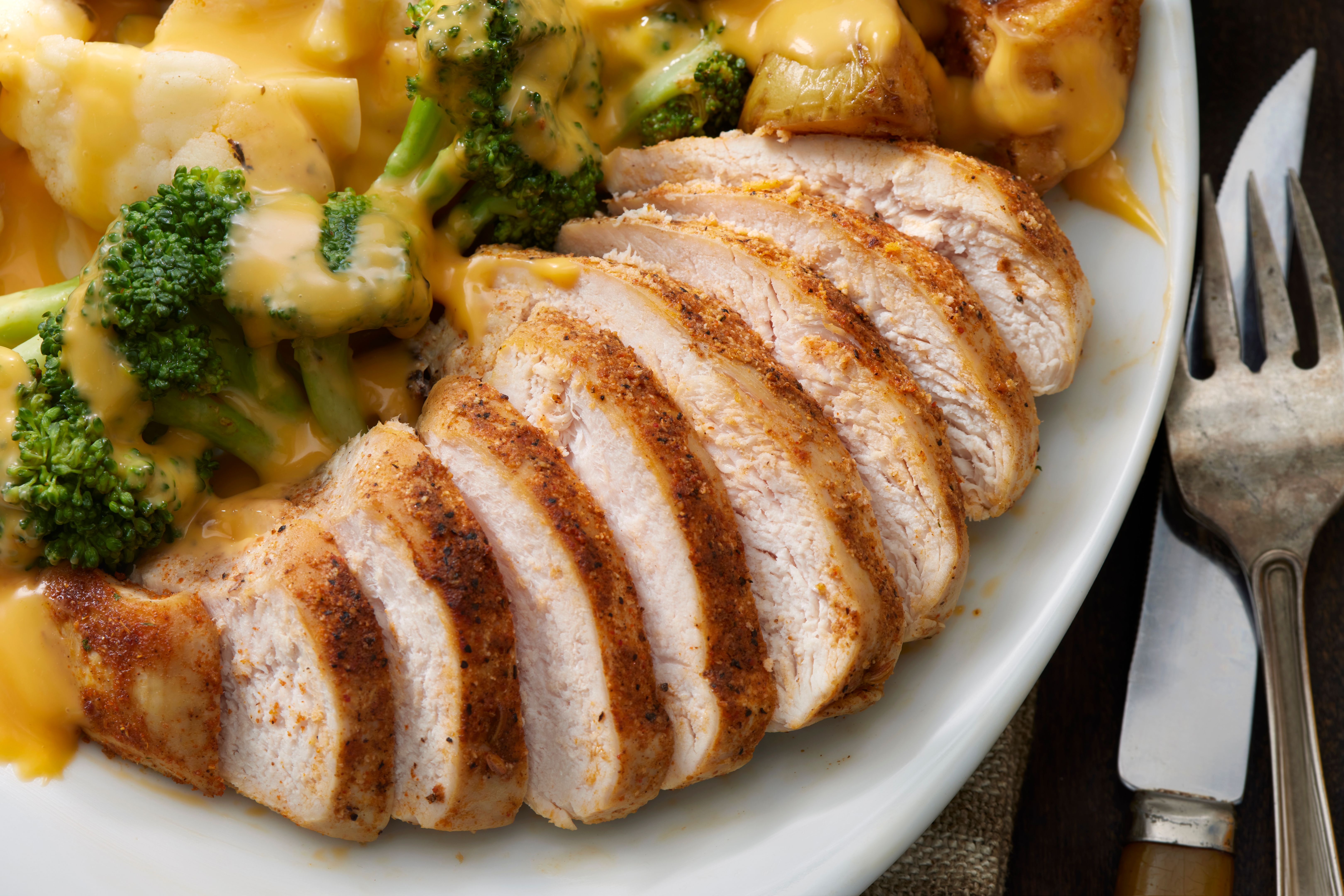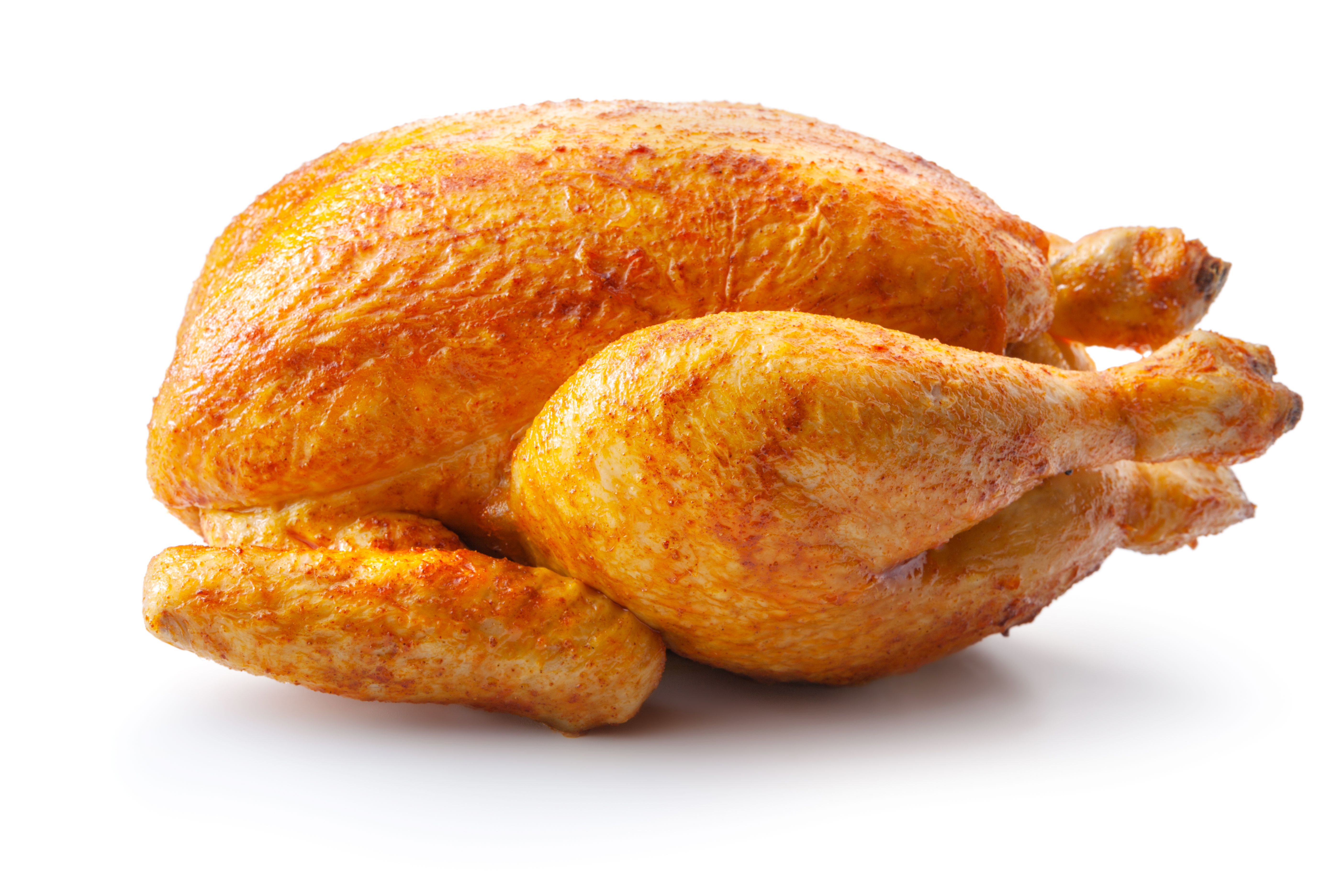Mastering the Perfect Chicken Breast: Tips and Techniques
Understanding the Basics of a Perfect Chicken Breast
Cooking the perfect chicken breast is a skill that every home cook should master. Whether you're planning a quick weeknight dinner or preparing for a special occasion, a perfectly cooked chicken breast can be the star of your meal. The secret lies in understanding the basics of seasoning, cooking techniques, and resting time to ensure juiciness and flavor.
Choosing the Right Chicken Breast
The first step to mastering the perfect chicken breast starts with selecting high-quality meat. Opt for organic or free-range chicken breasts, which are known for their superior taste and texture. Look for meat that is slightly pink and avoid any that appears slimy or discolored. Remember, the fresher the chicken, the better the final dish.

Prepping Your Chicken Breast
Proper preparation is key to cooking a juicy chicken breast. Begin by trimming any excess fat or tendons. For an even cook, consider using a meat mallet to pound the chicken to an equal thickness. This ensures that it cooks uniformly, preventing dry edges or undercooked centers.
Seasoning Tips for Maximum Flavor
Seasoning is where you can get creative. A simple mix of salt and pepper can bring out the natural flavors, but don't shy away from experimenting with herbs and spices. Paprika, garlic powder, and thyme are excellent additions for a flavorful crust. For best results, let your seasoned chicken rest for at least 15 minutes before cooking.

Cooking Techniques for Perfection
When it comes to cooking techniques, there are several methods you can explore. The stovetop method is popular for its quickness and ability to create a beautiful sear. Heat a bit of oil in a skillet over medium-high heat, and cook for about 6-7 minutes per side until golden brown. Oven-baking at 375°F for 20-30 minutes is another effective method for ensuring even cooking.
The Importance of Resting
Resting your chicken breast after cooking is crucial for maintaining its juiciness. Allow it to rest for about 5-10 minutes before cutting into it. This resting period allows the juices to redistribute throughout the meat, resulting in a tender and moist final product.

Troubleshooting Common Issues
Even experienced cooks can encounter issues with chicken breasts such as dryness or uneven cooking. If your chicken often turns out dry, try brining it in a saltwater solution before cooking. For uneven cooking, ensure that the chicken breast is pounded to an even thickness and use a meat thermometer to check for doneness at 165°F.
Serving Suggestions
The versatility of chicken breasts means they pair well with a wide variety of sides. Consider serving with roasted vegetables, a fresh green salad, or creamy mashed potatoes. For a lighter option, slice the cooked chicken breast and serve over quinoa or rice pilaf.
By mastering these tips and techniques, you can elevate your home cooking and enjoy perfectly cooked chicken breasts every time. Experiment with flavors and cooking methods to discover what works best for you and delight your taste buds with every bite.
